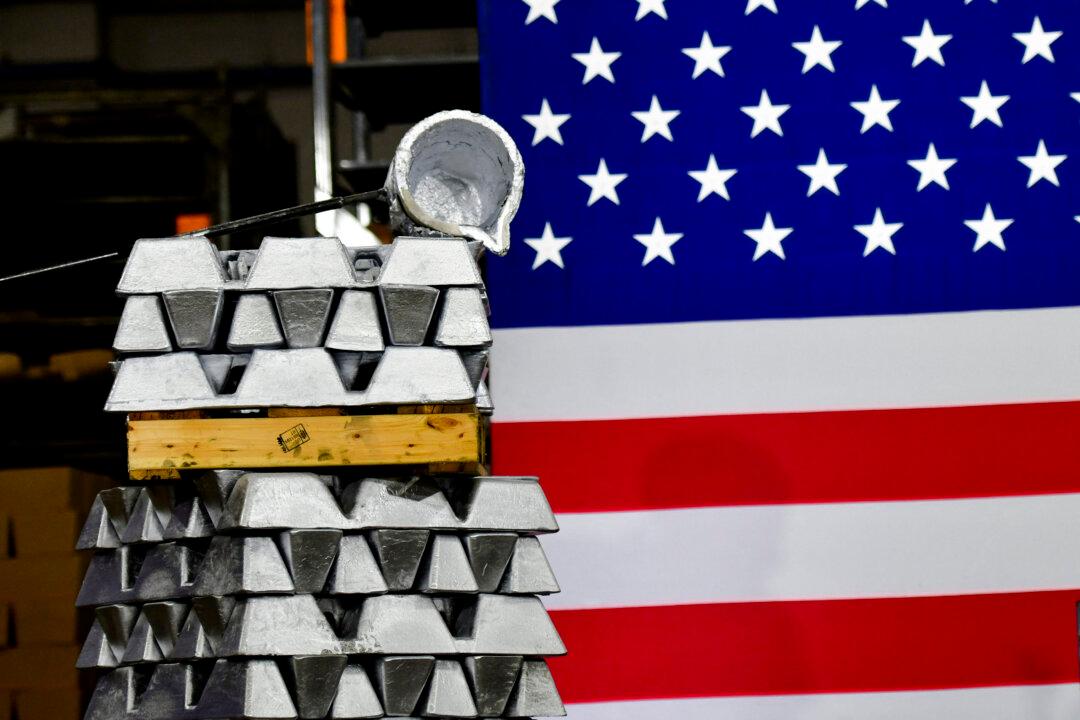U.S. residential construction spending rose in July, though at a slower pace than in the prior month, as booming demand and rising prices have continued to buoy the housing market.
Much of the strength in the Commerce Department’s report came from single-family home construction outlays, which advanced by nearly 0.9 percent over the month in July. While a solid showing, the pace of growth was slower than in the May–June period, when single-family home construction spending advanced by 2 percent over the month.
“The strength in single-family spending and some upward revisions to all three residential construction categories suggest that residential investment did not fall as much as previously thought and might lead to a small upward revision to Q2 real GDP growth,” the Wells Fargo analysts wrote.
“This is a speed bump due to the interaction of Delta and supply-side constraints,” Michelle Meyer, chief U.S. economist at Bank of America Securities in New York, told Reuters. “We still believe the foundation for the economy is solid and all signs point to strong underlying demand.”
The Commerce Department’s construction spending report also shows that multifamily residential construction outlays ticked down slightly in July, falling by 0.05 percent from June, after retreating by 0.35 percent in May.
“Demand for apartments has been surprisingly strong, with rents surging in rapidly growing parts of the South and Southwest. Rents have risen faster than income, leading to a shortage of affordable apartments for workers earning the median income in many areas,” the Wells Fargo analysts wrote.
In the 12 months through July, residential construction spending rose by 25.3 percent, led by outlays on new single-family homes, which vaulted by 38.3 percent.
Overall construction spending, which includes both private and public, residential and nonresidential, rose by 0.3 percent in July, slightly beating the consensus forecast of 0.2 percent.
“June 2021 is the third consecutive month in which the growth rate of housing prices set a record,” Craig Lazzara, managing director and global head of index investment strategy at S&P Dow Jones Indices, said in a statement. “The last several months have been extraordinary not only in the level of price gains, but in the consistency of gains across the country.”
The 20-city index shows home prices are now 29.9 percent higher than the 2006 peak.





